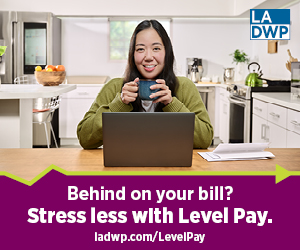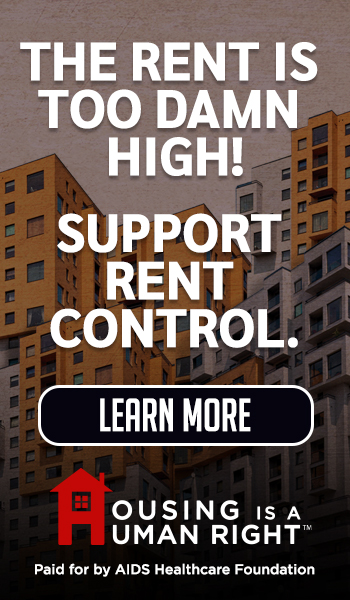Comments
WARS MORE WARS - While the war in Gaza unfolds thousands of miles away, its consequences ripple far beyond the conflict zone, touching communities right here in Los Angeles and across America. But how many of us are truly seeing what’s happening?
The reality is that most Americans, including Angelenos, are shielded from the full horror of war. This blindness is twofold.
First, it is a deeply human instinct to turn away from unbearable suffering. We see images of bombed-out neighborhoods, starving children, and grieving families, but often retreat into numbness or distraction. This is a survival mechanism, much like the way we avoid looking too closely at a car crash on the freeway. The feeling of helplessness can make it easier to look away.
But second—and more disturbingly—we are actively kept from seeing the true devastation. Media corporations, government agencies, and social media platforms censor or sanitize the most graphic images, deciding what is “too disturbing” for public consumption. While Hollywood productions show violence in vivid detail, real-life war footage is edited, muted, or suppressed. We are given a curated version of conflict, one that arouses sympathy but avoids outrage.

This deliberate filtering serves the interests of the powerful: the Pentagon, defense contractors, and political leaders who profit from war. They understand that if Americans saw the raw, unfiltered reality, children burned by bombs, families buried alive, public outrage would force an end to these endless conflicts.
History proves the power of unflinching imagery.
During the Vietnam War, the photograph of 9-year-old Phan Thi Kim Phuc running naked and engulfed in flames after a napalm attack shocked the world and helped turn U.S. public opinion against the war. The liberation photos from Nazi concentration camps forced global reckoning with genocide.
Today, however, despite our access to smartphones and social media, the most brutal realities of war are hidden. Algorithms bury the most graphic content. Mainstream outlets edit footage to soften its impact. Governments pressure platforms to limit what can be seen. The result is a public kept in the dark, or only shown a sanitized, incomplete story.
This is not just a media problem; it’s a matter of social justice.
In Los Angeles, a city rich with diverse communities, including many Palestinians, Middle Easterners, and immigrant families, these images matter. They are not distant abstractions. They represent the lives of neighbors, friends, and family members who are mourning loved ones or organizing for peace.
Moreover, the war’s impact is felt locally in other ways. Los Angeles’s military-industrial connections mean that billions flow into defense contracts supporting these conflicts. Public dollars that could fund housing, schools, and healthcare instead bankroll weapons of war. Our city’s veterans come home carrying physical and emotional scars that affect families and neighborhoods.
Militarized policing in L.A. echoes the violence abroad. The same tactics used in war zones are deployed on our streets—disproportionately impacting Black, Latinx, and immigrant communities. Understanding the true cost of war includes recognizing how it shapes life here at home.
We must demand transparency and accountability.
We need media that refuse to sanitize war. We need journalists willing to show us the unfiltered truth. And we need political leaders in Los Angeles and beyond to stop turning a blind eye to the human cost of the policies they support.
This is not about shock value, it is about responsibility and justice. If we do not see the suffering, we cannot begin to repair the damage or change the systems that perpetuate violence.
In a city known for activism and resilience, Los Angeles has the power to lead a movement for peace and truth. We can amplify the voices of those calling for justice in Gaza and everywhere violence thrives. We can demand that war profiteers be held accountable and that public resources serve human needs, not destruction.
The images we don’t see are the ones that should move us most. Until we confront the full reality of war, peace will remain out of reach.
(George Cassidy Payne is a freelance journalist, poet, and crisis counselor based in Rochester, New York. He writes extensively on faith, culture, and social justice, weaving together perspectives from philosophy, theology, and lived experience. George’s work has appeared in local and national outlets, and he is passionate about exploring the intersections of religion and community in a rapidly changing world.)






